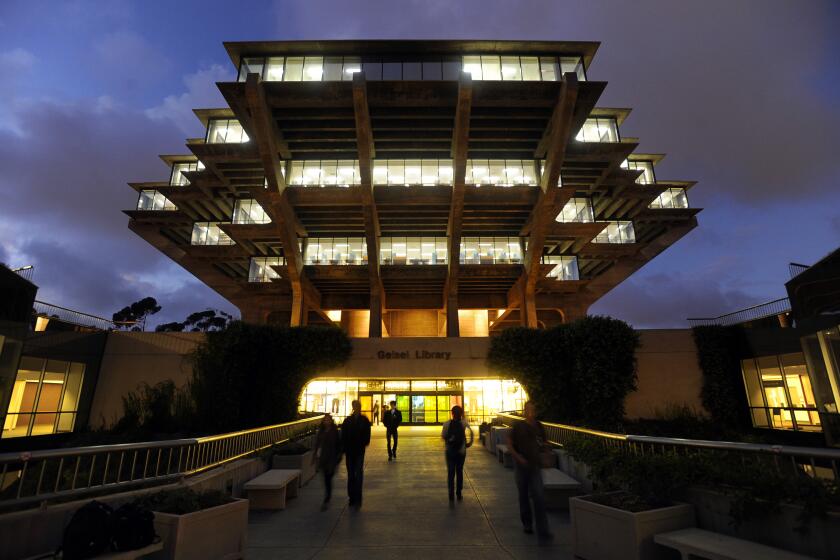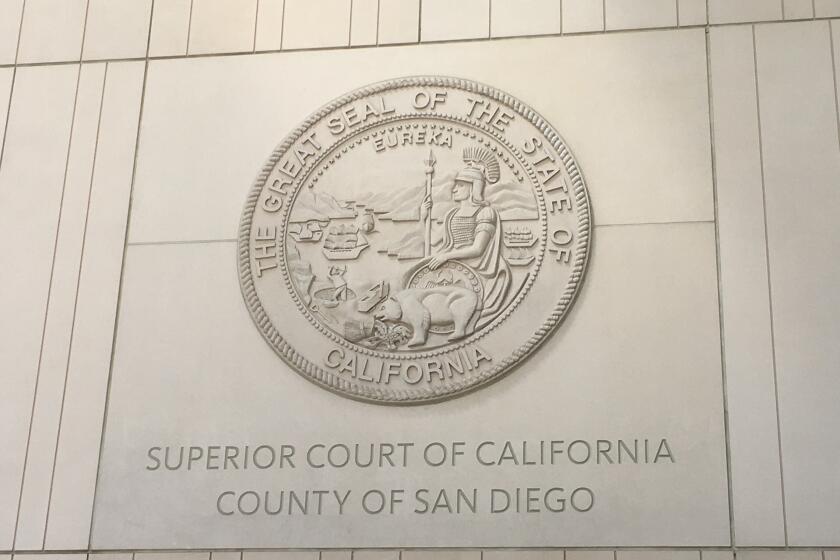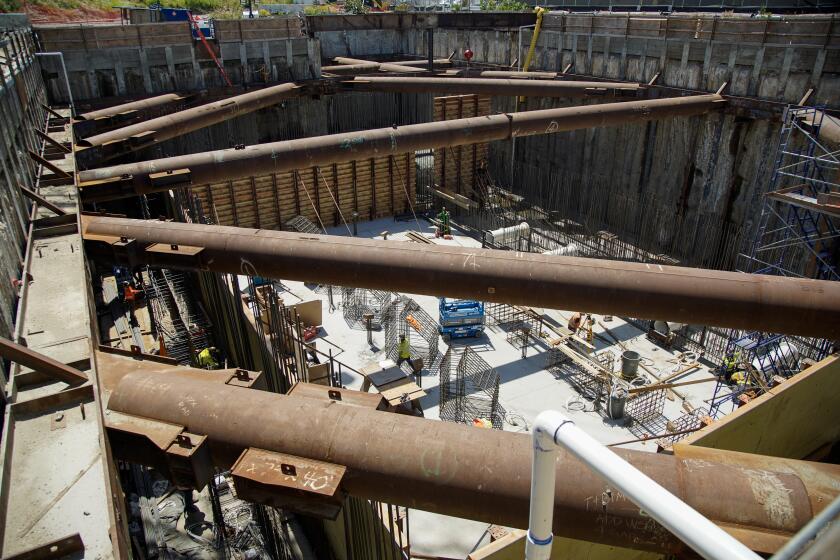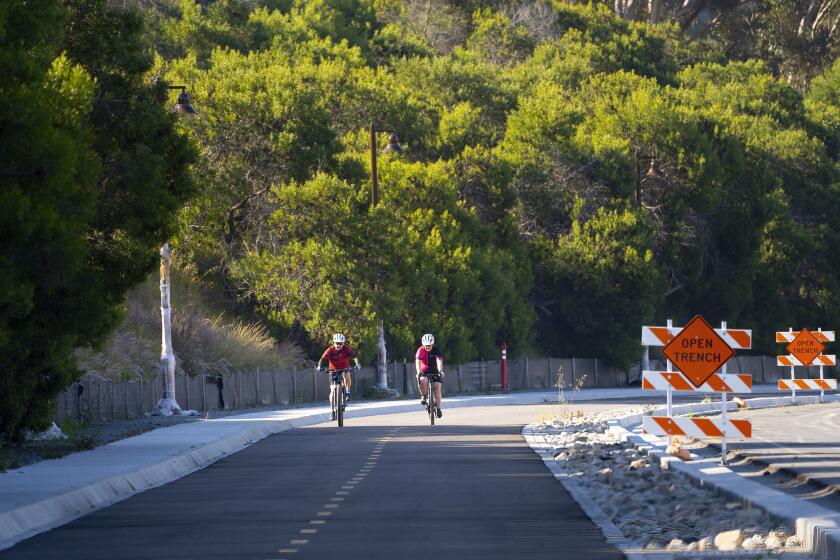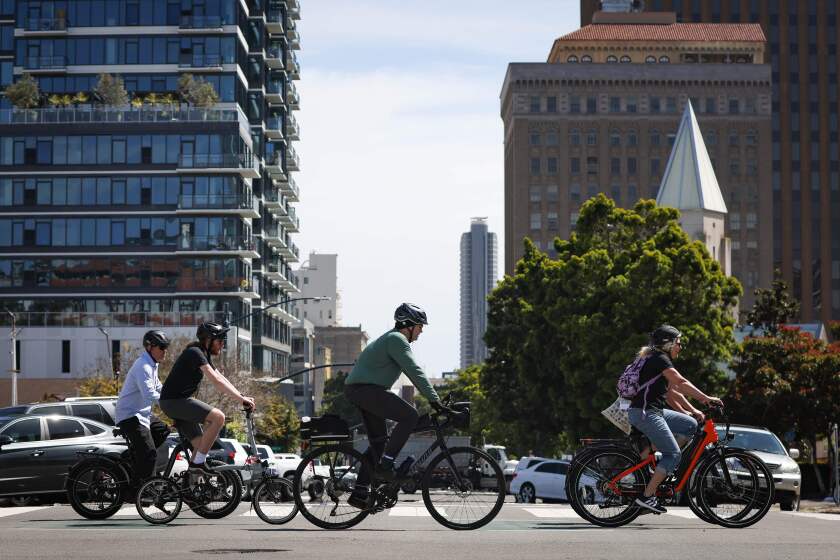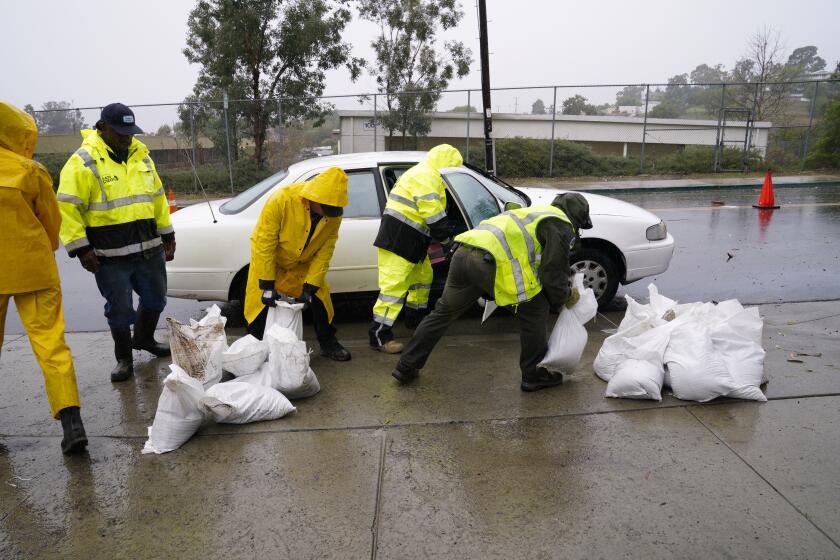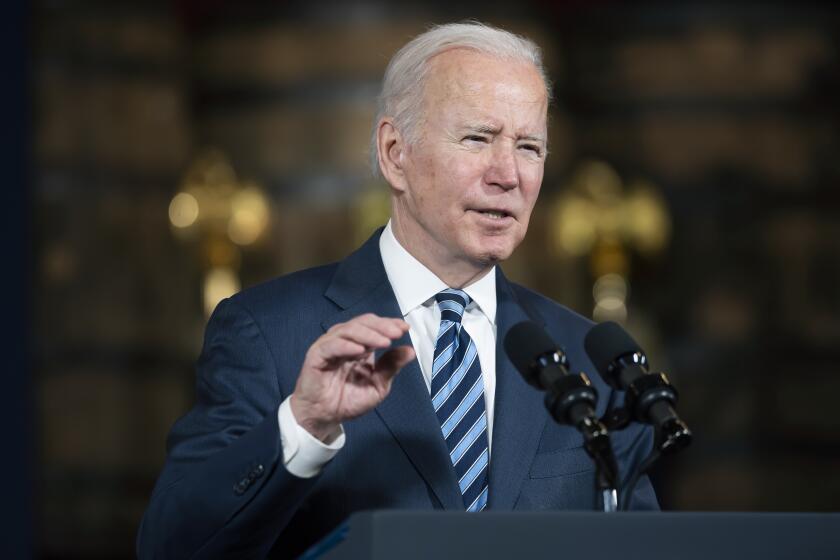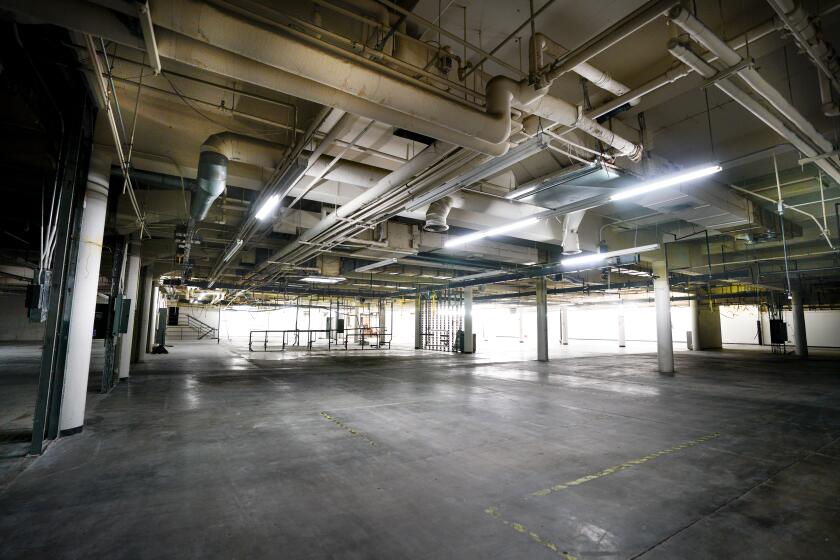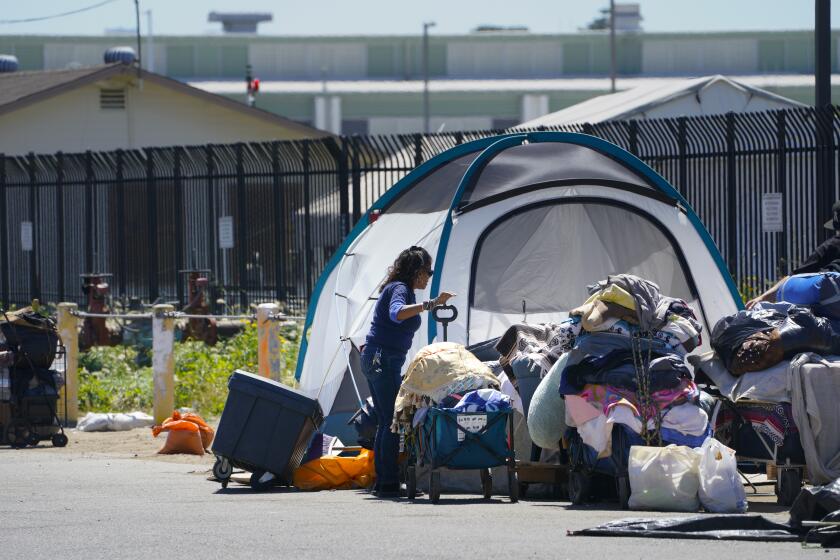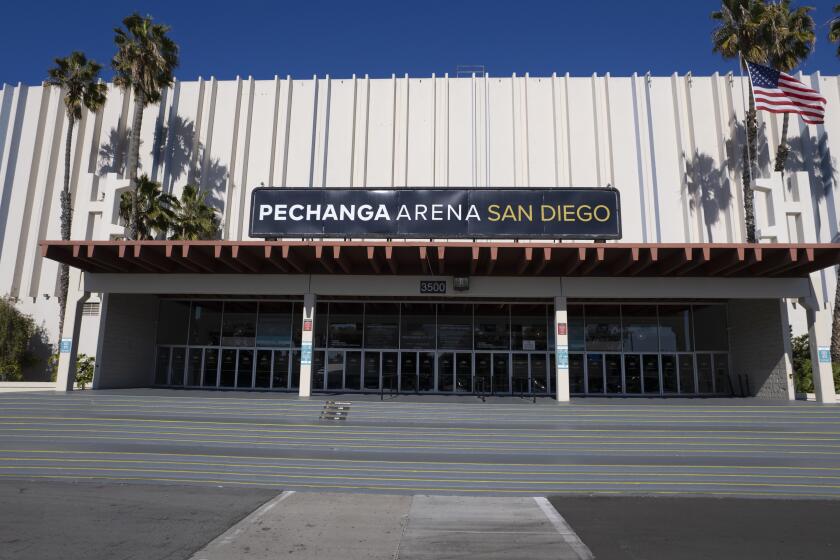Panel suggests keeping UCSD tied to La Jolla politically but creating a heavily Asian district
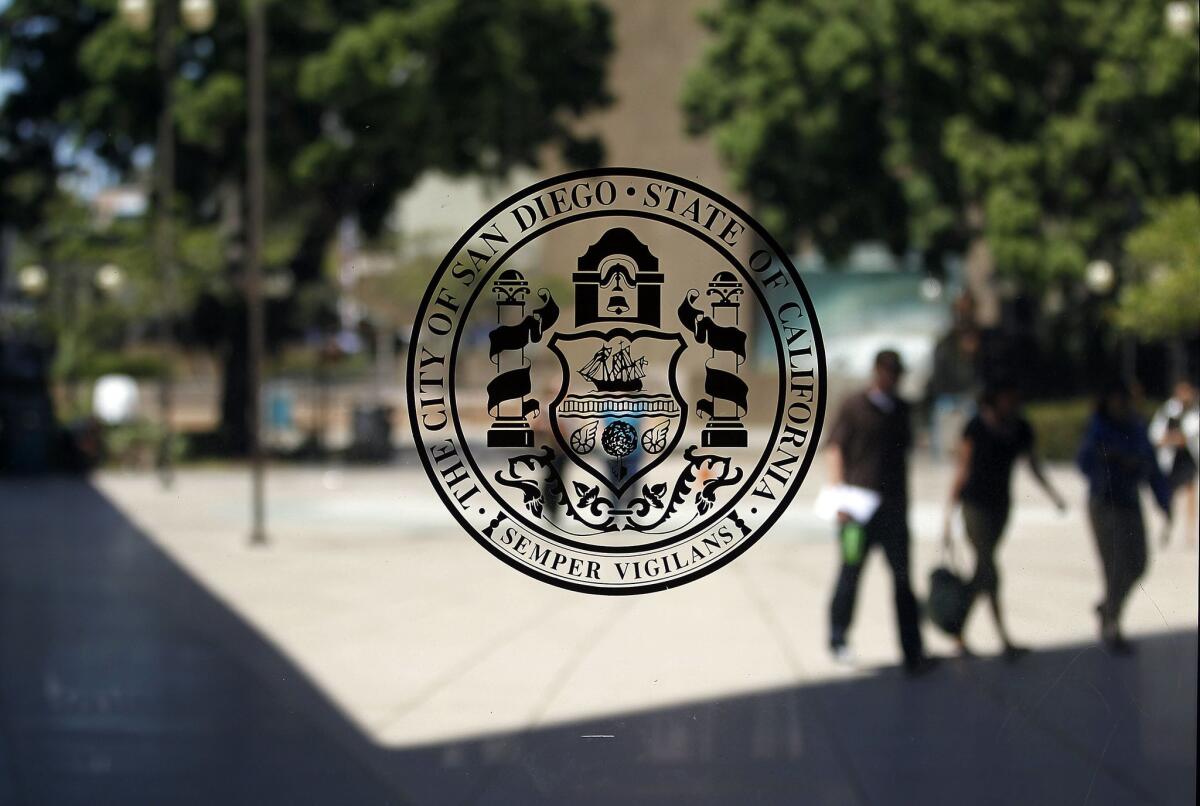
Preliminary boundary map would also tie University City to Mira Mesa, chop Clairemont into four districts
A volunteer panel redrawing San Diego’s City Council district boundaries has unveiled a preliminary map that would keep UC San Diego connected to La Jolla and divide Clairemont among four council districts.
The map would also unite Normal Heights in District 9, unite Linda Vista in District 2, re-connect Park Village with Rancho Penasquitos in District 5 and reorganize several southeastern neighborhoods based on ethnicity and social connections.
It also would sever University City from La Jolla and UCSD, connecting the community instead to Mira Mesa and the Convoy area in a dramatically redrawn District 6 that would be 38.3 percent Asian.
Many UCSD students have been lobbying this fall to be part of such a heavily Asian district, but the redistricting panel’s first map leaves the university in coastal District 1 with La Jolla, Carmel Valley and Del Mar Heights.
Redistricting controversies include proposal for two heavily Latino, one heavily Black district
The map also joins San Diego State with its new western campus in District 9, but some members of the volunteer panel raised concerns about how that change forces a dramatic revamping of central inland District 7.
While District 7 would retain Allied Gardens, Del Cerro and Tierrasanta, it would lose eastern Mission Valley while adding Kearny Mesa, parts of Clairemont and an area east of Scripps Ranch called Rancho Encantada.
The volunteers said the most controversial element of the proposal would likely be dividing Clairemont, which now is split between Districts 2 and 6, into an unprecedented four districts: 1, 2, 6 and 7.
But the panel, which came up with the map during a five-hour public hearing Thursday night, stressed that the proposal should be viewed as a starting point for final negotiations — not a firm plan for a final boundary map.
“I don’t think any of us think it’s perfect at this point,” said Tom Hebrank, chair of the City of San Diego Redistricting Commission. “We obviously have a few areas that are not ideal at this stage. We don’t expect this to be final as is.”
Valentine Hoy, another member of the panel, said he views the proposed map as a rough draft that will benefit from public feedback and further negotiation among the panelists in coming weeks.
The panel’s next meeting is scheduled for 5:30 p.m. Thursday. They plan to agree on a final map by Nov. 15, then hold five public hearings on that map before finalizing it Dec. 15.
San Diego must redraw its council boundaries once every 10 years when new U.S. Census data become available. The panel must try to create nine districts that are close to evenly populated, while trying to keep connected communities together.
Hebrank said city residents and community leaders need to understand how difficult the task is.
“It’s not going to be possible to make roughly equal population districts that preserve all communities of interest, all planning groups, all racial and demographic interests, all neighborhoods and all school districts,” he said.
Roy MacPhail, another panel member, added that it’s highly difficult to solve one perceived problem without creating new issues, because of the need to keep the populations of each district as close as possible to 154,000 — one-ninth of the city’s population.
“Once you start pulling a thread, it has consequences elsewhere,” MacPhail said.
The panel urged the public to make suggestions that are wholistic solutions, proposing equally populated districts, not submit complaints that something needs to be fixed without proposing a way to do it.
MacPhail said Clairemont’s relatively large population of 80,000 residents makes it a hard community to handle.
“There may not be a great way to keep Clairemont together without having an enormous ripple effect,” he said.
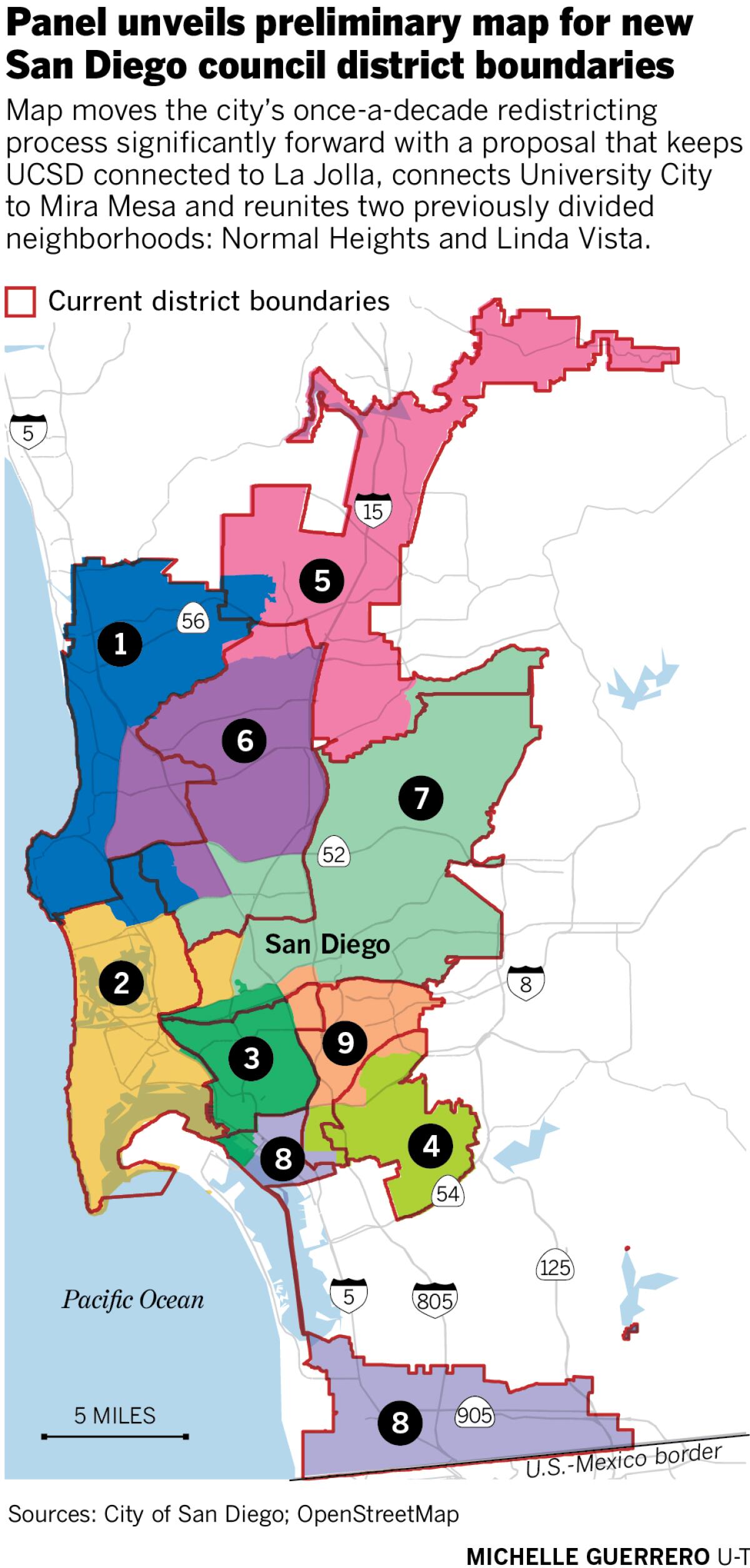
The proposed map would put Clairemont neighborhoods south of Balboa Avenue and east of Tecolote Canyon in District 7, neighborhoods south of Balboa and west of the canyon in District 2, neighborhoods north of Balboa and west of Genesee Avenue in District 1, and neighborhoods north of Balboa and east of Genesee in District 6.
“I think we’re going to get a lot of pushback on Clairemont,” Hoy said.
There may also be significant pushback from UCSD students on the proposal to keep the university connected to La Jolla. Students at the university, where Asians are the largest ethnic group at 29 percent, say they have more in common with neighborhoods to the east.
Hoy said he sees another side to that issue.
“I have a real hard time with moving UCSD out of La Jolla, which has been its district and its cradle and its birthplace,” Hoy said. “I’m sensitive to the notion of the Asian empowerment district and would like to support that, but I’m not sure whether that weighs more heavily than the connection between UCSD and District 1.”
Panelists noted that the new District 6 in their proposal would be 38.3 percent Asian, up significantly from the current 34 percent. But some maps proposed early this week by a city-hired demographer increased that to 42 percent by including UCSD.
A student effort to sever ties with La Jolla could affect many nearby neighborhoods
The reorganization of several neighborhoods in southeastern San Diego received nearly universal praise.
Shelltown and Southcrest would move from District 9 to District 8, Redwood Village and Rolando Park would move from District 4 to District 9 and Mount Hope would move from District 9 to District 4. In addition, Webster and Ridgeview would be united in District 4.
Golden Hill, which some have proposed moving to District 8, would stay in District 3. Mountain View, which would be divided in some proposals, would stay united and be in District 4. Old Town, which has been considered for a switch to District 2, would stay in District 3.
The proposal would also shift Torrey Highlands from District 5 to District 1.
For details on the boundary drawing process and to contribute feedback, visit the redistricting commission website.
Get Essential San Diego, weekday mornings
Get top headlines from the Union-Tribune in your inbox weekday mornings, including top news, local, sports, business, entertainment and opinion.
You may occasionally receive promotional content from the San Diego Union-Tribune.
